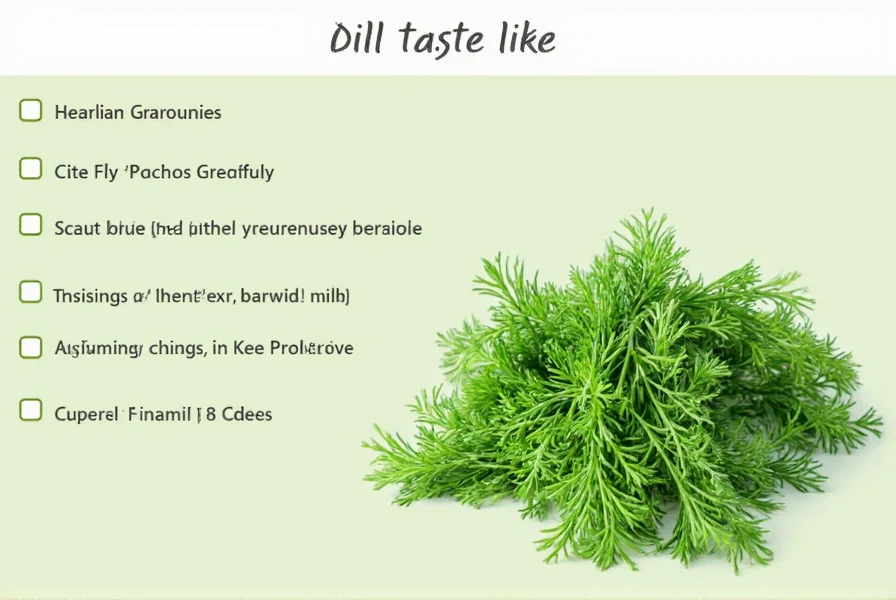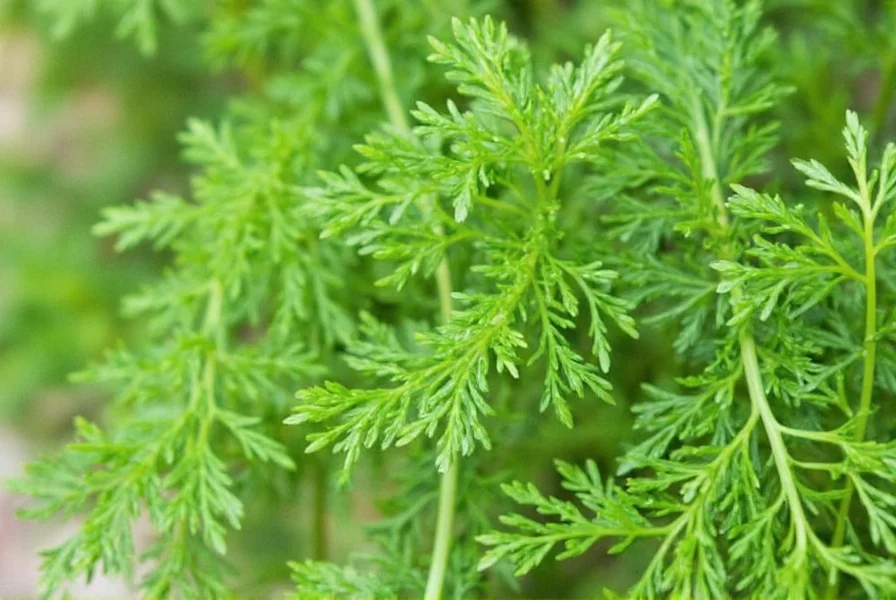Dill, scientifically known as Anethum graveolens, delivers a complex flavor experience that's both distinctive and versatile in culinary applications. Understanding what does dill taste like requires examining its sensory characteristics across different forms and preparations.
The Flavor Profile of Fresh Dill
Fresh dill weed possesses a bright, grassy flavor with subtle aromatic qualities that set it apart from other herbs. When you bite into a fresh dill frond, you'll first notice its delicate, slightly sweet grassiness, followed by nuanced notes of:
- Mild anise or licorice (much less pronounced than in fennel)
- Citrus undertones, particularly lemon
- A clean, almost cucumber-like freshness
- A subtle peppery finish
The intensity of fresh dill's flavor is relatively mild compared to more robust herbs like rosemary or thyme, making it perfect for dishes where you want herbaceous notes without overpowering other ingredients. This characteristic explains how would you describe dill taste to someone who's never experienced it—it's like a more delicate, citrus-forward cousin to fennel with less pronounced licorice notes.

Fresh vs. Dried Dill: A Flavor Comparison
Understanding what does fresh dill taste like versus dried dill is crucial for proper culinary application. The drying process significantly alters dill's flavor profile:
| Characteristic | Fresh Dill | Dried Dill |
|---|---|---|
| Primary Flavor | Grassy, citrusy, delicate | Earthy, more bitter, concentrated |
| Licorice Notes | Subtle, almost imperceptible | More pronounced |
| Intensity | Mild to moderate | Stronger, more concentrated |
| Best Culinary Use | Added at end of cooking or raw | Added earlier in cooking process |
Many people wonder is dill similar to anise—while both contain compounds that create mild licorice notes, dill's flavor is significantly more complex and less dominant than pure anise. The comparison is understandable but oversimplified; dill offers a multi-dimensional flavor experience where anise is primarily one-note.
Culinary Applications and Pairings
Knowing what foods pair well with dill helps maximize its unique flavor profile. Dill's bright, clean taste makes it particularly complementary to:
- Fish and seafood - Especially salmon, trout, and shellfish where its citrus notes cut through richness
- Cucumbers - The classic pairing for tzatziki and cucumber-dill salads
- Potatoes - In salads or as a finishing herb for roasted potatoes
- Dairy-based sauces - Particularly in Scandinavian and Eastern European cuisines
- Vinegar-based pickles - Though dill pickle flavor vs fresh dill differs significantly due to the pickling process
When cooking with dill, remember that heat diminishes its delicate flavor. For maximum impact, add fresh dill during the last few minutes of cooking or as a garnish. This preserves fresh dill taste characteristics that would otherwise be lost to evaporation of its volatile aromatic compounds.
Common Misconceptions About Dill's Flavor
Several misconceptions persist about dill's taste profile:
Dill vs. Fennel Confusion: Many people ask about the dill vs fennel taste difference. While both contain anethole (the compound responsible for licorice flavor), fennel has a much stronger, sweeter licorice note, while dill's flavor is more grassy and subtle. Fennel bulb is also crunchy and substantial, while dill is entirely herbaceous.
Dill Pickle Misconception: The strong dill flavor in pickles comes from dill seed rather than the weed (fronds), which has a more pungent, concentrated flavor. This explains why dill pickle flavor vs fresh dill can seem so different to newcomers.
Selecting and Storing for Optimal Flavor
To experience dill's best flavor, proper selection and storage matter:
- Choose bright green fronds without yellowing or wilting
- Fresh dill should have a clean, aromatic scent—not musty or fermented
- Store in the refrigerator with stems in water (like flowers) and covered with a plastic bag
- Use within 3-5 days for peak flavor, as dill deteriorates quickly
- Dried dill should be stored in an airtight container away from light and heat

Conclusion: The Unique Role of Dill in Cuisine
Understanding what does dill taste like reveals why this herb has maintained its place in global cuisines for centuries. Its delicate balance of grassy freshness with subtle citrus and mild licorice notes creates a flavor profile that enhances rather than dominates. Whether you're exploring dill weed flavor profile for the first time or refining your culinary knowledge, recognizing dill's distinctive characteristics helps you use this versatile herb to its full potential in both traditional and innovative dishes.










 浙公网安备
33010002000092号
浙公网安备
33010002000092号 浙B2-20120091-4
浙B2-20120091-4